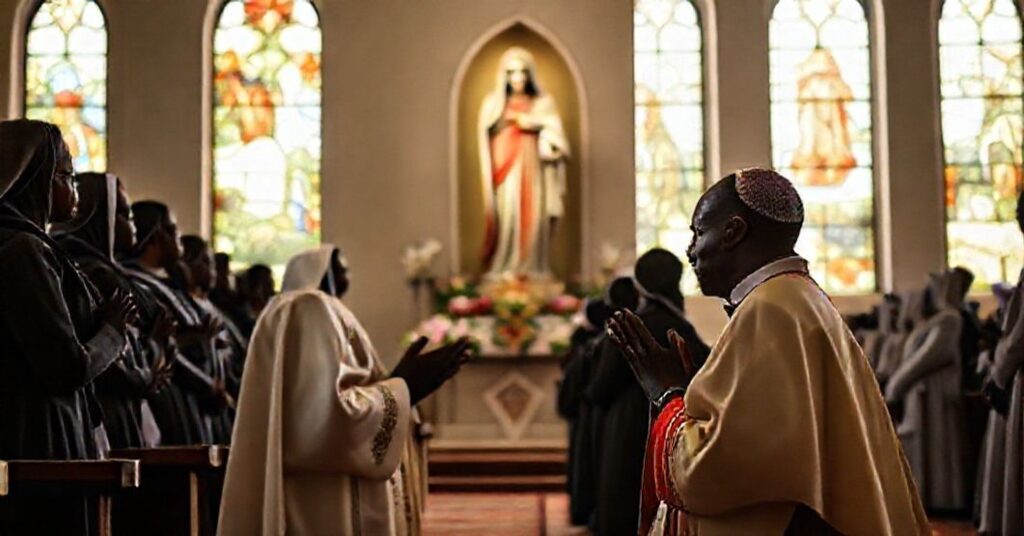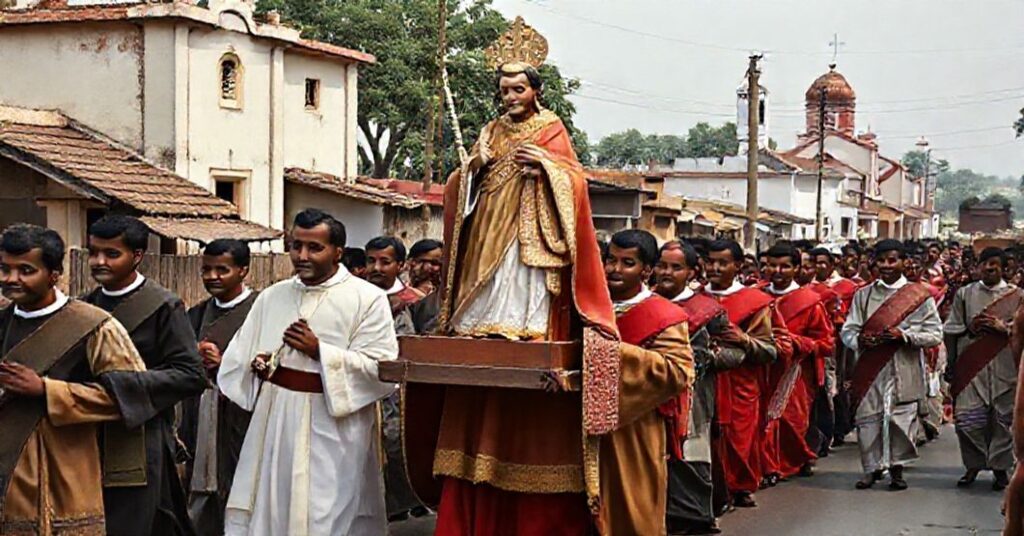Vel in repositarum (1960.11.21)
In this Latin document dated 21 November 1960, John XXIII declares Saint Joseph, Spouse of the Blessed Virgin Mary, to be the “principal heavenly patron before God” of the newly erected diocese of Maracay in Venezuela. The text briefly recalls long-standing local devotion, notes the erection of the diocese by Pius XII in 1958, invokes the trials of the times, and, invoking “Apostolic” authority, confers on Saint Joseph the liturgical rights and privileges proper to a principal diocesan patron, ending with the usual formula of canonical firmness and nullification of contrary acts. From the standpoint of integral Catholic doctrine, this seemingly pious act is in truth a juridically void gesture of an intruder, the instrumentalization of Saint Joseph to cloak the nascent conciliar revolution with a false aura of continuity and thereby to anesthetize the faithful of Maracay to the approaching apostasy.










